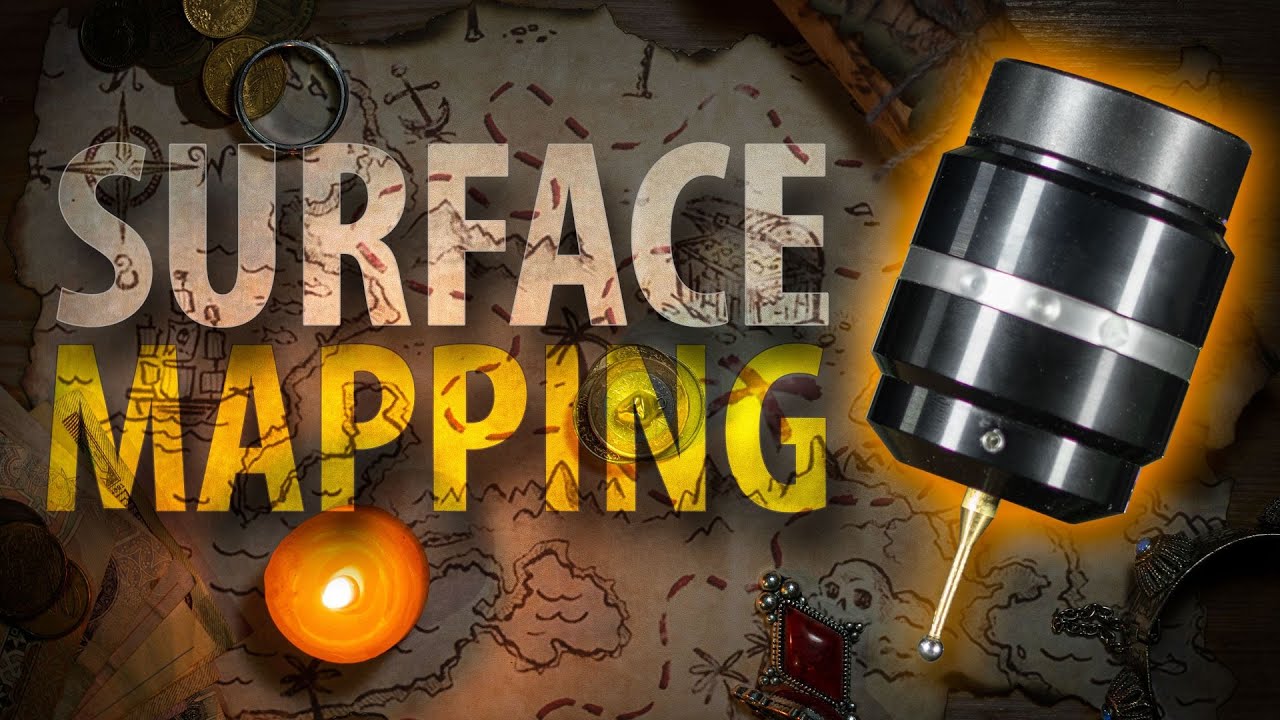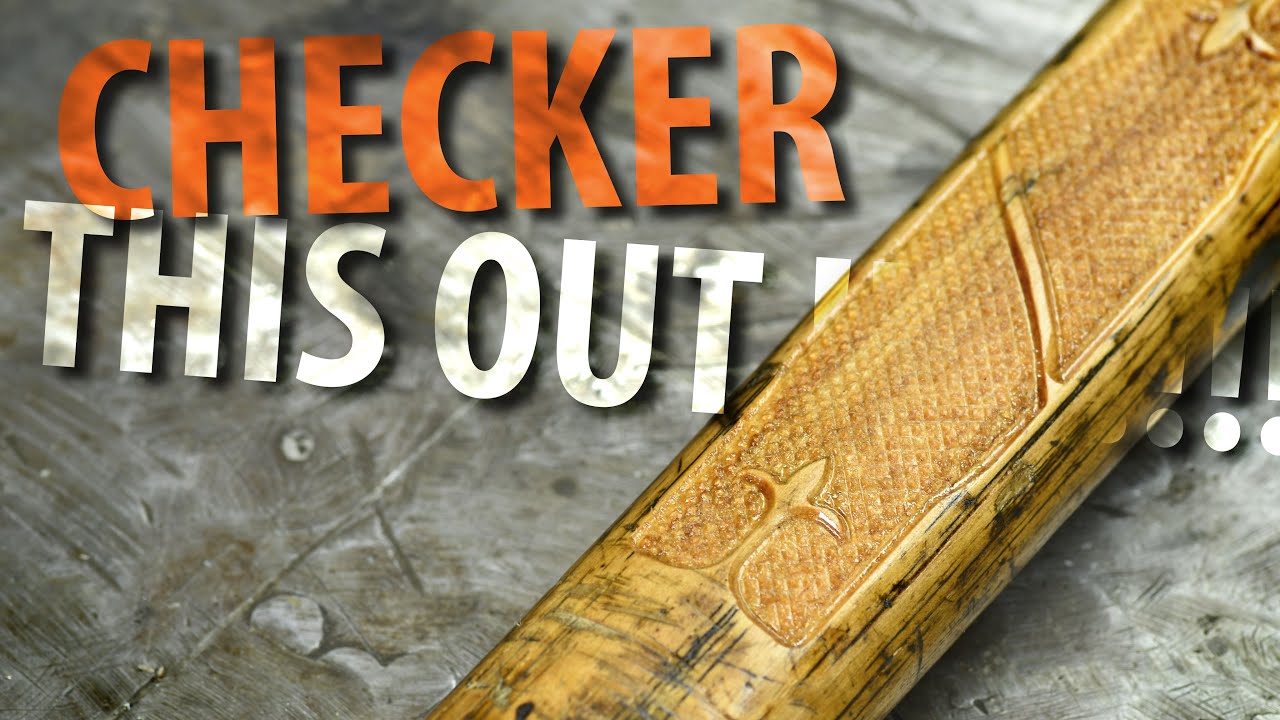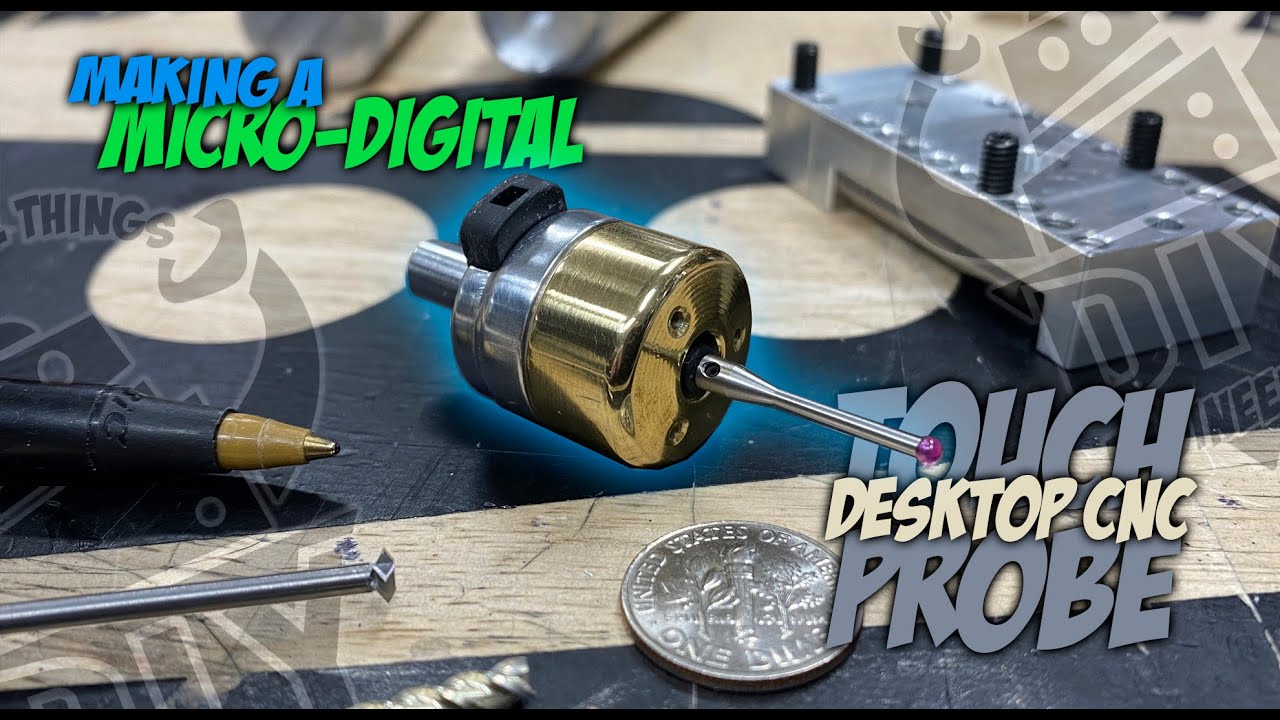This video came across my feed , and I thought it was interesting and thought it was worth sharing.
Where is the link?
Hit enter too soon , Thanks for catching that.
I have seen a similar technique done in estlcam, but only when it is controlling the cnc. I have also seen it in bcnc, but it requires grbl. It would be great to have in Marlin. I want to think there is an equivalent in mesh leveling, but I haven’t tried it to this extreme.
I wonder if there are limitations to mesh leveling, if not Marlin makes this pretty simple.
The part I’ve never tested is the gcode to specify the range and resolution of the grid. I have done post bed size and points in the firmware, but not the size of the block of wood.
In many of the first proof of concept videos, they would mount the bed at huge angles, like 20 degrees and watch it print.
Right again. Looks like you can modify the area to probe with gcode but not the number of probes in that area, without recompiling. So it is close.
The practical 3D printing side of this would be a slicer that tells the printer to only probe the area to print on to save time, versus probing the entire bed. Seems pretty useful, I would love to see this happen in slicers.
For 3D printing, it seems like mesh bed leveling would induce the curvature of the bed into your printed object, which I suppose is a necessary consequence of having a proper first layer height across the entire surface.
This assumes that the X/Y/Z motion is flat and the bed is warped, but the converse would also be true. If the bed is actually flat but the X/Y/Z motion is warped, then mesh bed leveling would compensate for the distortion in the motion and produce a part that’s flat.
This could be useful for a machine with a large gantry that sags in the middle. Temporarily install a 4 foot by 4 foot surface plate (HA!) and perform mesh leveling, then remove it and surface the top of the spoil board for a flat surface. Then as long as mesh leveling is in place, you can mill the top of a large piece to be flat.
This a lot of work and usually not better than milling to constant thickness, where a relatively thin workpiece deforms to take the slight curvature of the machine, but if you really had to get something flat and not just constant thickness, it should work. Like if you wanted to use it as a jointer to straighten one edge of a 1x4 that won’t deflect to the shape of your spoilboard.
I may have understood what is going on - but I think that’s a feature of the Prusa XL - the load sensor(s) in the nozzle are used to probe only the print area.
Instead of “levelling” the whole bed, it only heats the section of bed that is being printed on, and only probes the print area.
I think klipper can do this now.
Yup. I almost ordered one of the wired probes to play with except they’re out of stock.
Haha , how much do they cost ?
Wired ones are $189.
Well, you have a cnc machine, you could make one.
How would you make one ? I am suddenly very interested 
I’ve also seen them 3d printed.
Very cool , I may have to find a video or plans for the 3D printed version , I do have the touch sensor from the store, but I’m not sure how I would integrate that.
It’s basically the same thing. The probe is one side of the switch, then the other side is a broken ring going around the barrel of the probe housing. The center section completes the breaks in the ring, so when it gets moved, it breaks the circuit. They’re really easy to make, but kind of a pain to adjust. The reason the commercial ones have a ruby end is because they’re non-conductive, and super smooth, won’t scratch anything.


